SummaryAirport Rating •••• Reception of locals ***** Cost: £
Lao me to introduce the countryEight years after my first trip to South-East Asia, I’ve travelled to most countries in the region, but the one big omission has been Lao. It’s a country that I’ve wanted to visit for a long time. Thankfully, I finally got the chance this year, and it was an.... interesting experience. Lao is a relatively diverse nation, but there are three large ethnic groups, the majority Lao (after whom the country is named) based in the lowlands, the Khmu based in the middle lands, and the Hmong based in the high lands. While being an independent state since the 15th century, Lao has frequently found itself dominated by more powerful neighbours and in the 19th century came under the colonial rule of the French Empire. The 20th century was even more tragic as the country suffered extensively, first in their war of independence against France, and then during the Vietnam War, where Vietnamese excursions into the country prompted massive bombing campaigns by the US. The Americans dropped as many bombs in Lao as they did in all of Europe during the Second World War. This indiscriminate bombing means Lao was the most bombed country per capita during the 20th century. Today Lao is country with a young population and an economy that is growing quickly but also one that is heavily reliant on tourism. Initial impressionsThe largest city, and also the capital, is Vientiane – a city of about one million people. It became the capital of Lao in 1563 to avoid a Burmese invasion, and after a short period of abandonment and disrepair following an invasion by Thailand, it was rebuilt and once again made the capital by the French. Vientiane is strange for a capital in that it directly borders another country. The border for Thailand runs directly through the Mekong River which flows through the city. You can literally walk up to the riverside and see Thailand on the opposite bank. Another thing unique about the city is the proximity of the city centre to the airport. In fact, the drive from the airport to my hotel in the city centre was less than 10 minutes, which is insane. It doesn’t seem to impact the city too much as the airport is relatively quiet and so there isn’t too much air traffic. Conversely, the train station is a solid hour outside the city centre, which is the opposite to what we are used to in European countries. A word on the train station, and I’ll write more about this on my Luang Prabang article. It’s part of China’s belt and road initiative and extends to the Chinese border. For all the simplicity of the airport, the train station is the opposite. It is a large and modern station that would rival any train station in the world in design, although it is located far from the city centre. Inside there are security checks to get in, ticket checks in a couple of different places, Mandarin language everywhere, and during my visit masks were mandated on the trains (in line with the approach China is taking to Covid) even though they aren’t worn anywhere else in the country. The tracks themselves were filled with cargo on "China Rail". I’m sure you can come to your own conclusions with what is happening there. My experience at the airport was positive. I mean the airport itself is very small, but security checks are straight forward with no paranoid fuss being made about anyone that looks different. It’s a single terminal building, shops are few and far between, and there isn’t any wi-fi – but it works nicely. Just don’t turn up too early for your flights because you might find yourself sitting staring into the distance for a long time. My initial thoughts going around the city weren’t overly positive. There is a French influence, but it doesn’t have the beauty of Hanoi. There are temples, but they don’t come close to those of Bangkok. Nightlife exists, but it isn’t as lively as Ho Chi Minh City. There is a tragic past, but it isn’t as well captured or documented as Phnom Penh. Fumes from vehicles make walking through the city almost impossible. I went on a couple of long walks and each time I came back covered in pollution and on the second occasion became dizzy from co2 exposure which I’ve never experienced before. Crossing the road is more difficult than neighbouring countries – I mean the driving styles are still the same, but the long, never ending dual carriageways in the city make things much harder. Yep, on the surface, it isn't a particularly pretty city. Searching for beautyIt took me several days to warm up to the city but when I did I began to see pockets of beauty hidden within this large concrete jungle. One of the most beautiful is Wat Si Saket, one of the few Buddhist temples that escaped the destruction of a Thai invasion in 19th century. Located in the city centre, the temple dates to 1818. Entrance to the temple costs 5000 Kip which is about 25p! It’s not a particularly large or intricately decorated temple but it is the oldest standing temple in Vientiane which makes it an important point of worship as well as historical site in the city. Along the perimeter of the temple are thousands of statues of Buddah and there are over 2000 in total. Inside the main temple there are beautiful paintings on the wall depicting stories of both a cultural and religious nature. There are even more statues of the Buddah along the walls, as well as the larger centrepieces of worship at the front. During my visit there was only one other person, which is very strange considering it’s a historical temple in the centre of a capital city – but that made the experience very peaceful. Large palm trees frame one side of the temple, making it feel like a slice of paradise in a city that is far from that image. Not far from Wat Si Saket is That Dam (which means ‘black stupa’), an old Buddhist Stupa that is now largely covered in grass. It sits in the centre of a quiet cul-de-sac whose perimeter is lined with high end restaurants, but according to local legend it was once inhabited by a seven headed naga, an ancient serpent associated with Indic cultures. The Patuxai arch is a centrepoint of the city and another beautiful building worth seeing a short distance from the Stupa. The Avenue Lane Xang is the main road leading towards the arch and the thing that really sticks out to me are the streetlights. A city that has something memorable, no matter how small, is special – and I’ll always remember the beautiful streetlights of Avenue Lane Xang that look like lotus leaves, beautifully lit up in the night sky. The arch was constructed in the 1950s to commemorate the succesfull War of Independence against France. Much like the Arc de Triomphe that inspires this landmark, it’s located in middle of a roundabout so it can be tricky to cross the busy roads to get to the centre. A large dancing fountain with lights works well in front of the arch and it’s a nice place to visit. My only regret is not returning during the day to climb the arch, much like I did in Paris, given it would have likely provided good views of the city. The city comes to lifeMy first day was spent trying to find a place to eat during the middle of the day. I very quickly learned that life in Vientiane revolves around a morning rush and an evening rush with a whole bunch of quiet in between. It might have something to do with the heat. Vientiane is hot throughout the year, but the humidity and the pollution make it almost unbearable, particularly during the middle of the day. At night the city really comes to life. Buffet places seem to be really popular as do night markets which seem to dot around the city. The Ban Anou night market was particularly nice to visit. It’s built around food and drink and it’s mostly young people hanging out and having a good time with DJs playing music in side streets. Some of the food is questionable, and I’m still not a huge fan of watching animals that are half dead and half alive struggling for air. The main night market is the riverside Vientiane Night Market and the crowd is a little older. Market stalls are lined up for what feels like miles, but I thought the quality of goods was a little lower than other night markets – both in Lao (Luang Prabang) and in neighbouring countries. Most are clothes stalls, or stalls selling mobile phone cases. Just across the road near the riverside is a fairground where local families were enjoying themselves, but it was a pretty quiet and slightly creepy looking fun fair. The rides were rusting over, but the funfair like atmosphere was nice, particularly as kids seemed to be really enjoying themselves. Prices in Lao are about as cheap as you’ll get in South-East Asia, which means you can pick up bargains in night markets. Of course, all prices at night markets are also negotiable and it’s probably a good idea to haggle given that tourists will be offered a higher price first. They might not be negotiable in restaurants, but prices are generally reasonable – very cheap in restaurants catering for locals, and very reasonable for those aimed more at foreigners. On average, you can have a nice full meal for less than £5. You don’t have as many options as capital cities in neighbouring counties, but what you have is good. Small French cafes are also a regular feature in the city and a nice place to hang out. The national dish of Lao is Laab Ped and it’s a memorable dish because it feels so different both in terms of both taste and texture, although you should probably get it from a place that caters to tourists given that it is served raw. It's not a massively vegetarian friendly city, but there are options available. Finally, the pound for pound the cheapest thing is a massage. An hour costs under a fiver and they have their own specialty, the Lao Massage. I'm not an expert on the intricacies of massages, but it felt very similar to a Thai massage, although slightly cheaper. The day after my first massage I had a pounding headache which I learned was my circulation improving. Needless to say, I made sure to get a handful of massages during my time there. Would I recommend visiting Vientiane?You won’t find any local Sikhs in Vientiane and there aren’t any Gurdwaras either, but I only stood out as much as any tourist would stand out, although the beard (I assume) invited a lot of positive attention. I visited during the first few weeks after the lifting of covid restrictions so there really weren’t many tourists which meant I got a few stares, but they were all curious and friendly and I never felt unsafe. As for the city, I definitely wouldn’t recommend a trip across the world just to see Vientiane, but as I’ll write in my next article, if you’re using Vientiane as an entry point to Luang Prabang then it’s probably worth a stop. I stayed for a week, that’s far too long, you can do the key landmarks and experience the city in half that time. Comments are closed.
|
AuthorBritish Sikh, born in the Midlands, based in London, travelling the world seeing new cultures. Categories
All
|
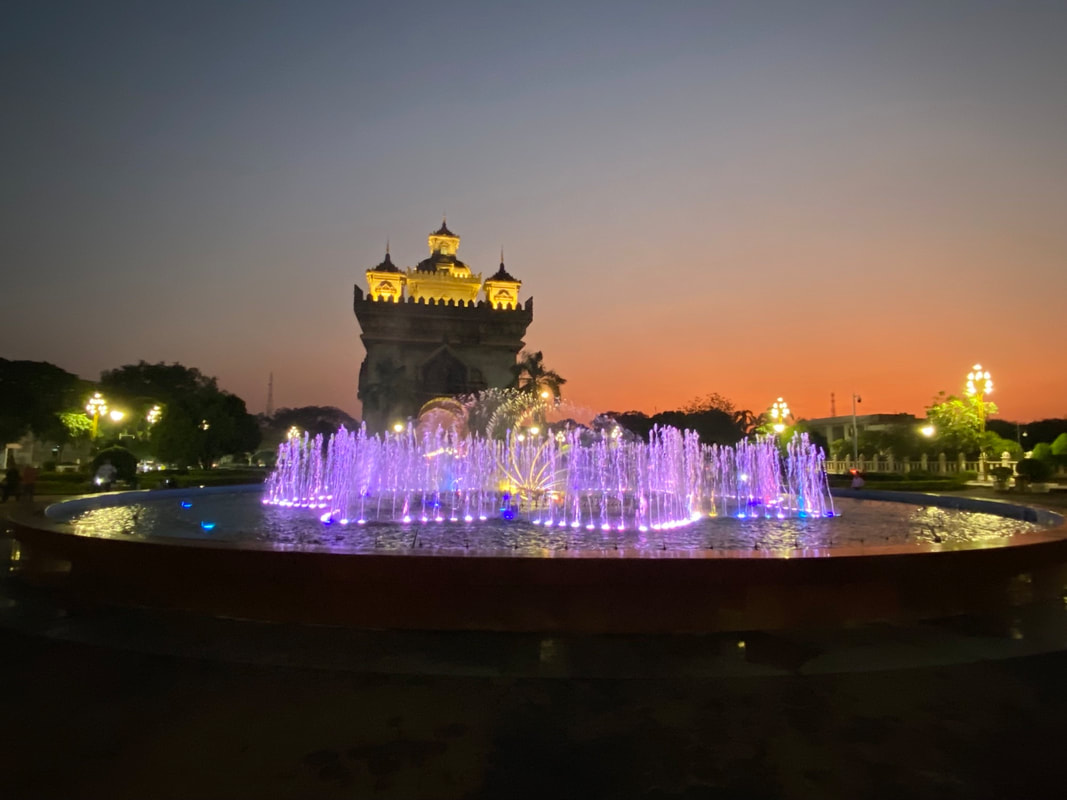
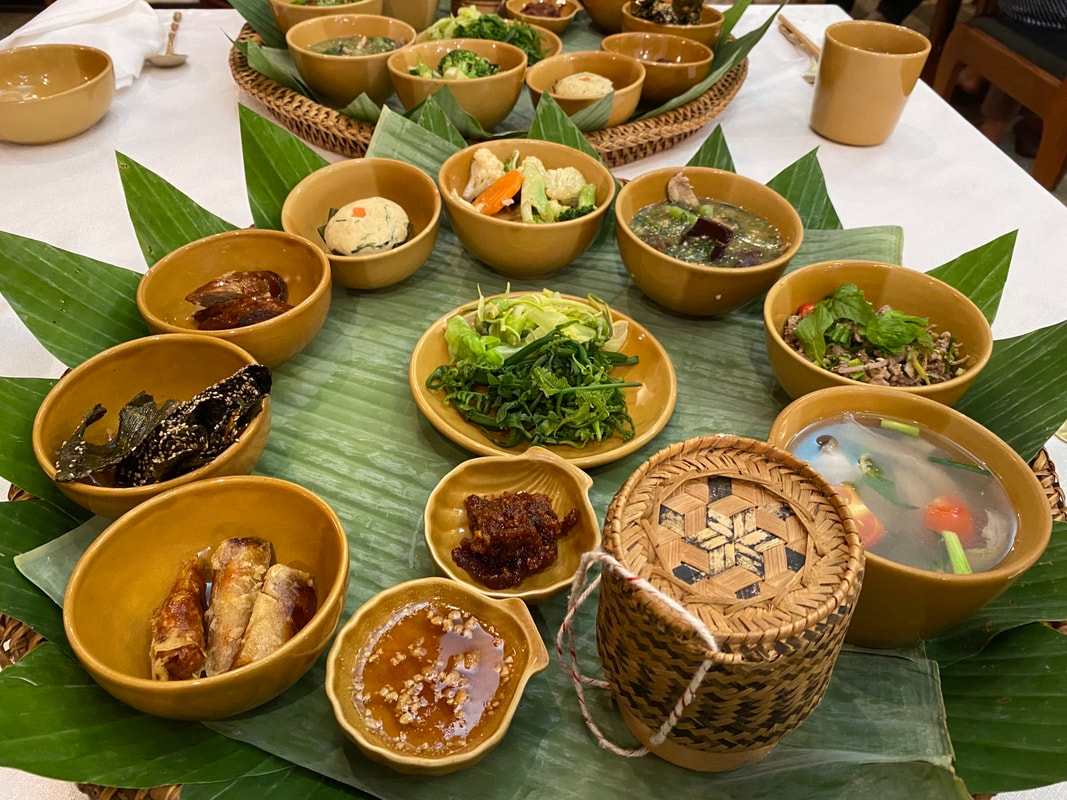
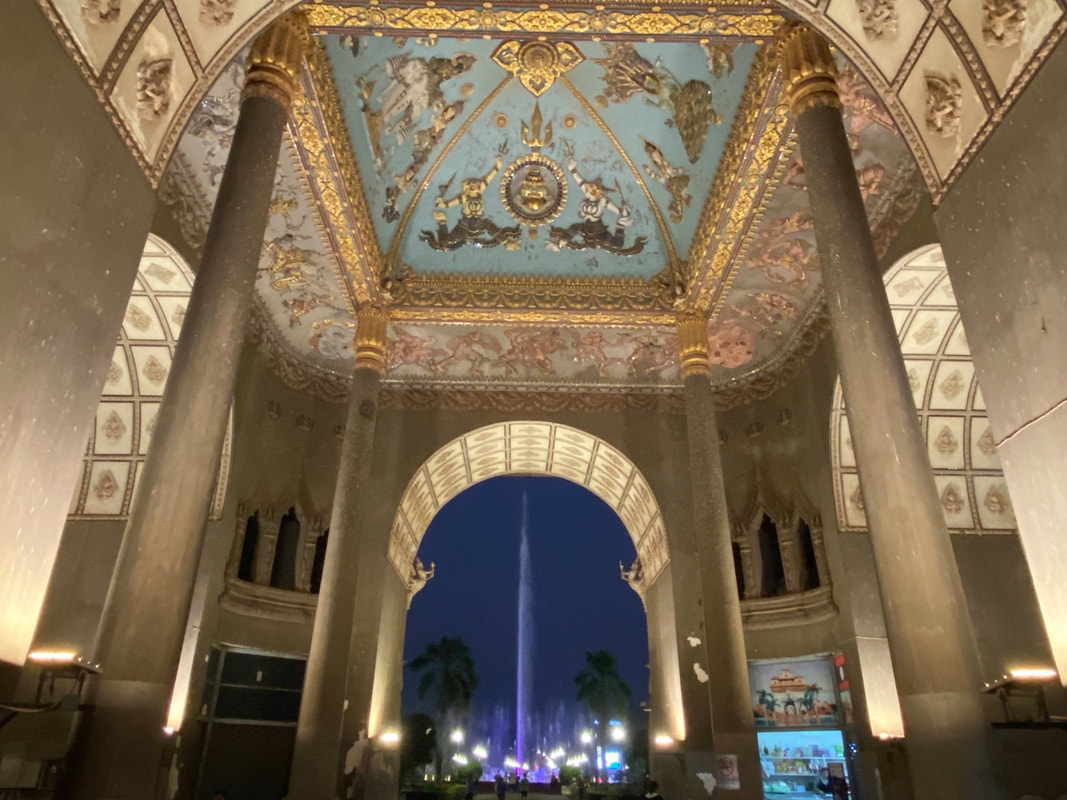
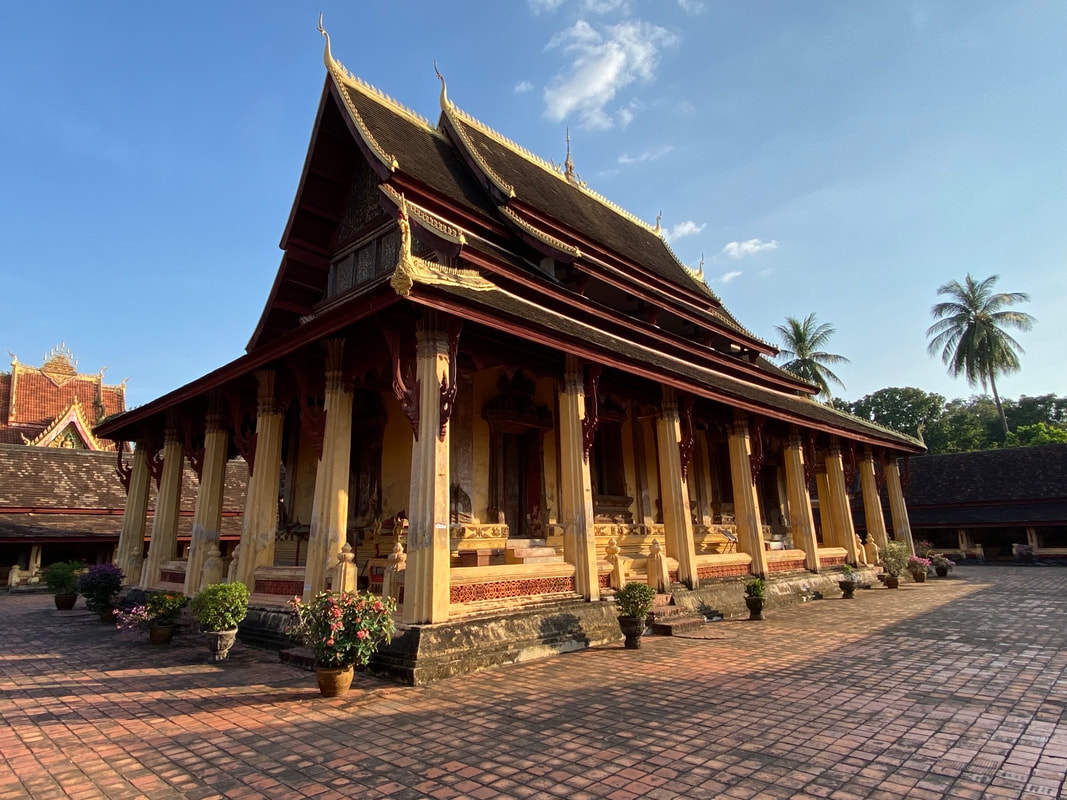
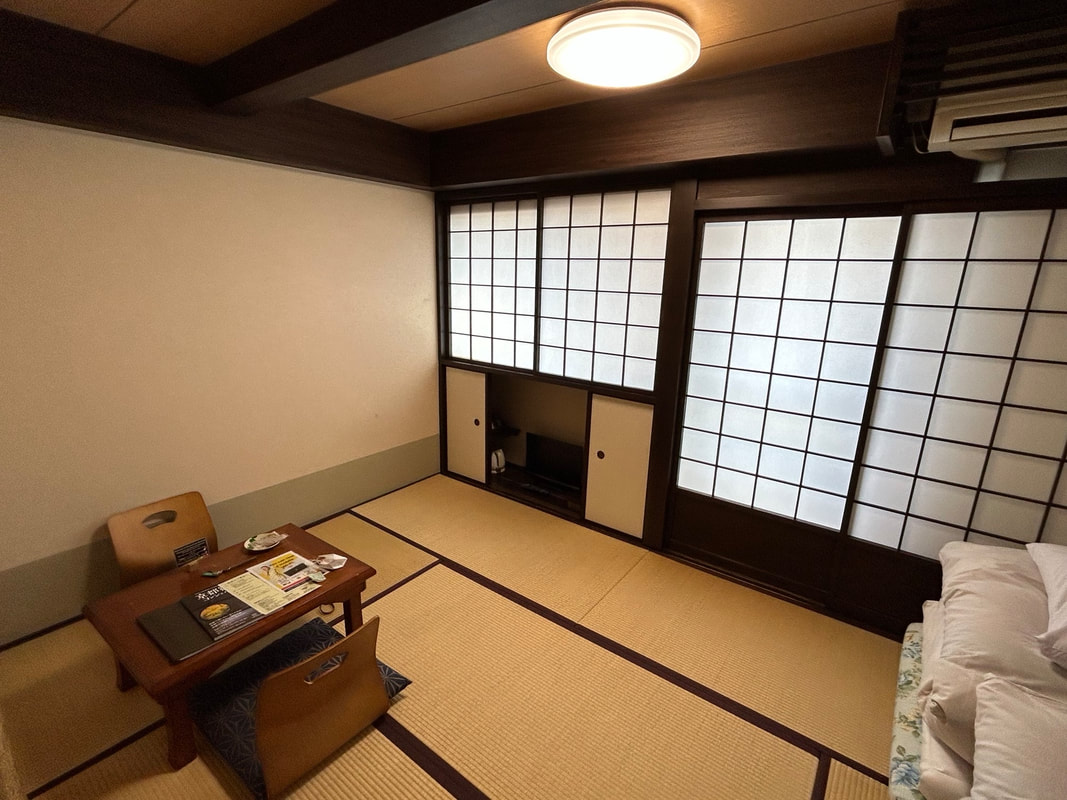
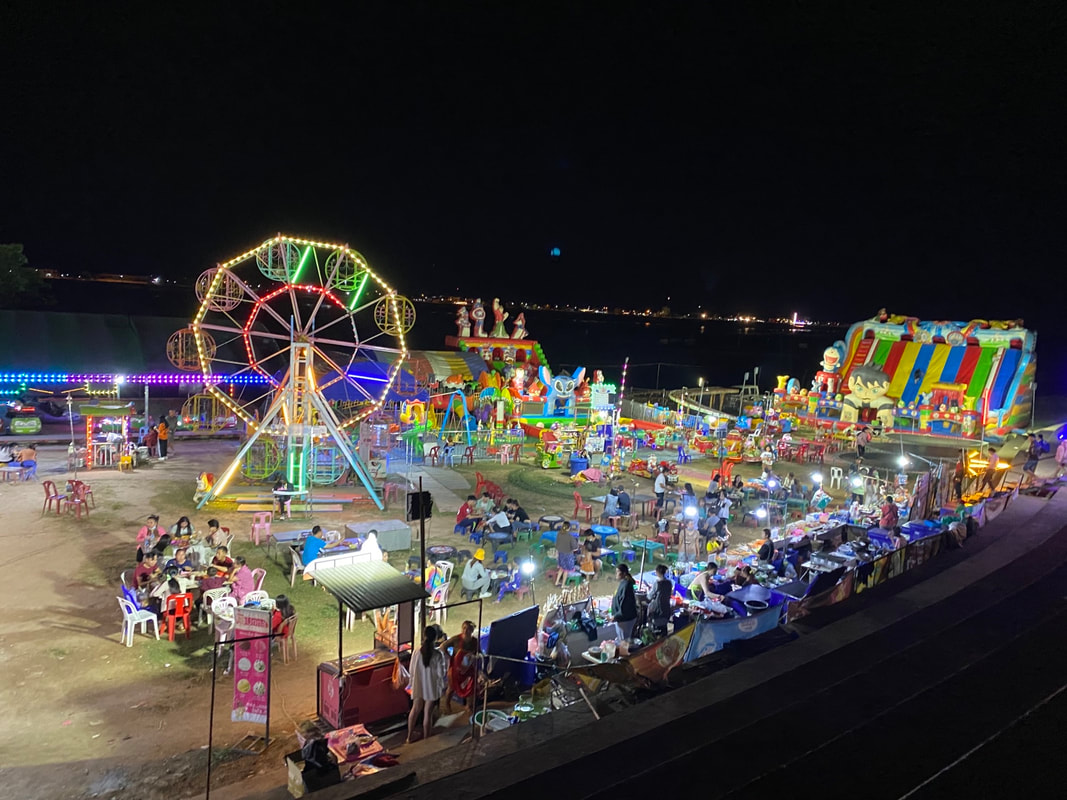
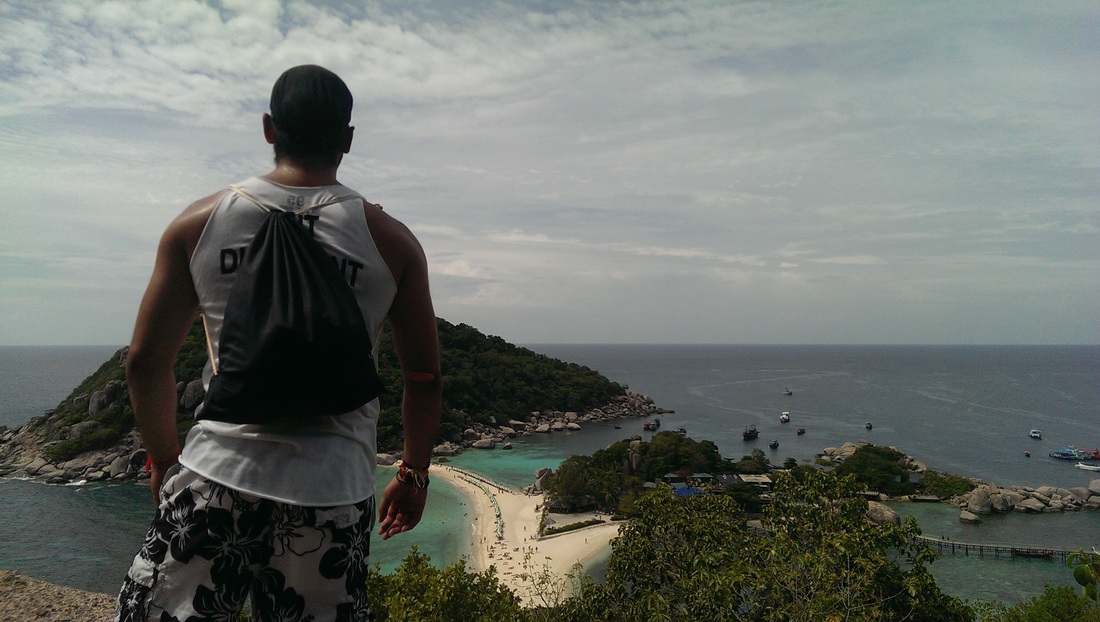
 RSS Feed
RSS Feed